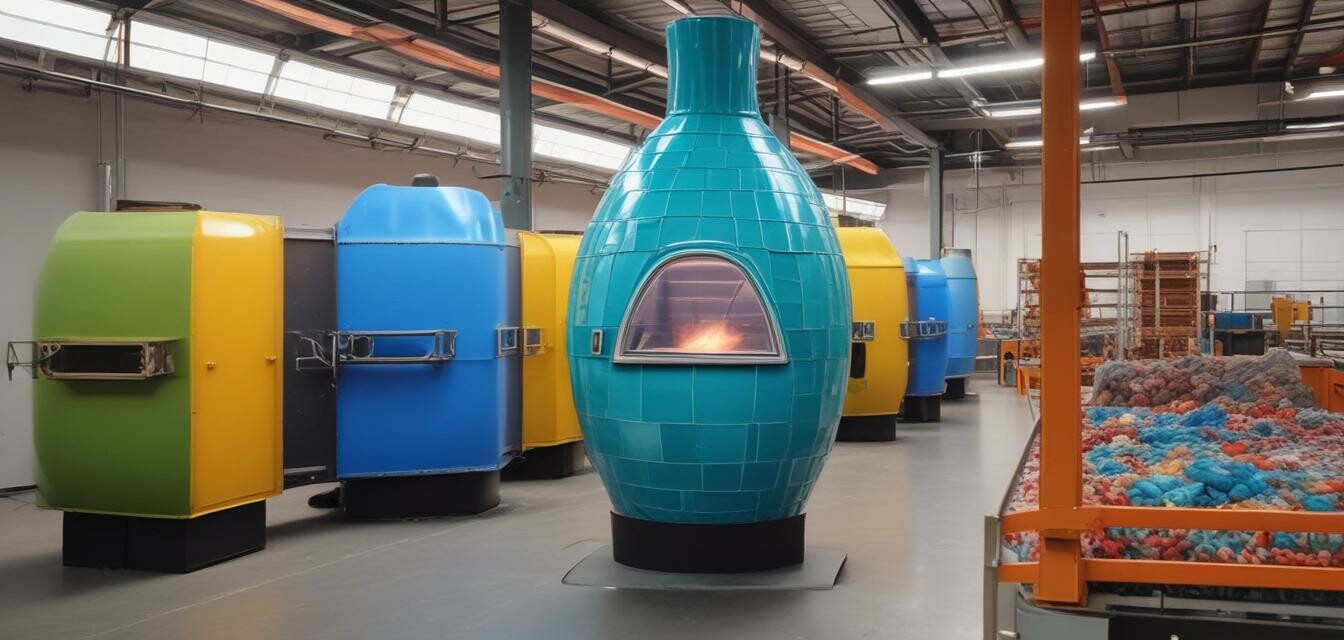
Energy efficiency in glass kilns: What’s new in 2025?
Key Takeaways
- New advancements in kiln technologies focus on reducing energy consumption.
- Artists can save on operational costs while practicing sustainable art.
- Understanding different kiln insulation materials is crucial for energy efficiency.
- Choosing the right kiln can enhance both productivity and artistry.
In recent years, sustainability has become an integral aspect of many art forms, including glass making. Energy-efficient kilns are at the forefront of this movement, allowing artists to create beautiful glass works while minimizing their environmental impact. In 2025, several advancements have emerged that promise cost savings and enhance the overall glass-making experience.
Understanding energy efficiency in glass kilns
Energy efficiency in glass kilns refers to the ability to produce heat with minimal energy consumption. Improvements in technology are giving glass artists more options than ever before:
- Advanced insulation materials that retain heat longer.
- Innovative heating elements that require less energy.
- Smart controls for optimized firing schedules.
Types of energy-efficient kilns
Here are some popular types of energy-efficient kilns available in 2025:
| Type | Features | Ideal For |
|---|---|---|
| Electric Kilns | Quick heat-up time, programmable controls | Beginners and professionals |
| Gas Kilns | High-temperature capabilities, efficient gas usage | Advanced and large-scale projects |
| Hybrid Kilns | Combines electric and gas features, versatile | Artists looking for flexibility |
How energy-efficient kilns benefit artists
The shift towards energy efficiency is not just an environmental win; it also translates to real benefits for artists. Here’s how:
- Cost Savings: Reduced energy bills over time can lower overall production costs.
- Increased Production: Quicker firing cycles lead to more projects completed in less time.
- Environmental Responsibility: Artists can demonstrate their commitment to sustainable practices.
Pros
- Lower energy consumption.
- Faster project turnarounds.
- Positive impact on the environment.
Cons
- Higher initial investment cost.
- Learning curve for advanced control settings.
Key advancements in 2025
Here are some noteworthy advancements in kiln technology for 2025:
- Improved Insulation: Manufacturers are using new materials to enhance insulation, helping kilns retain heat.
- Smart Technology: Incorporation of smart technology allows for better monitoring and control of energy use.
- Renewable Energy Compatibility: Kilns are being designed to work with solar or wind energy systems.
Choosing the right kiln for energy efficiency
When selecting a kiln, consider the following factors:
| Factor | Considerations |
|---|---|
| Size | Ensure it fits your workspace and project size. |
| Type of Work | Are you fusing, slumping, or casting? |
| Energy Source | Electric vs. gas vs. hybrid options. |
| Budget | Initial cost vs. long-term savings on energy bills. |
Conclusion
As we move towards a more sustainable future in glass making, energy efficiency in kilns is more important than ever. Embracing the advancements of 2025, artists can enjoy the benefits of lower energy costs while producing stunning glass artwork. For more information on energy-efficient options, check out our selection of glass kilns.
To learn more about other vital components and supplies for glass making, explore our blog posts on glass molds and glass sheets and supplies.

